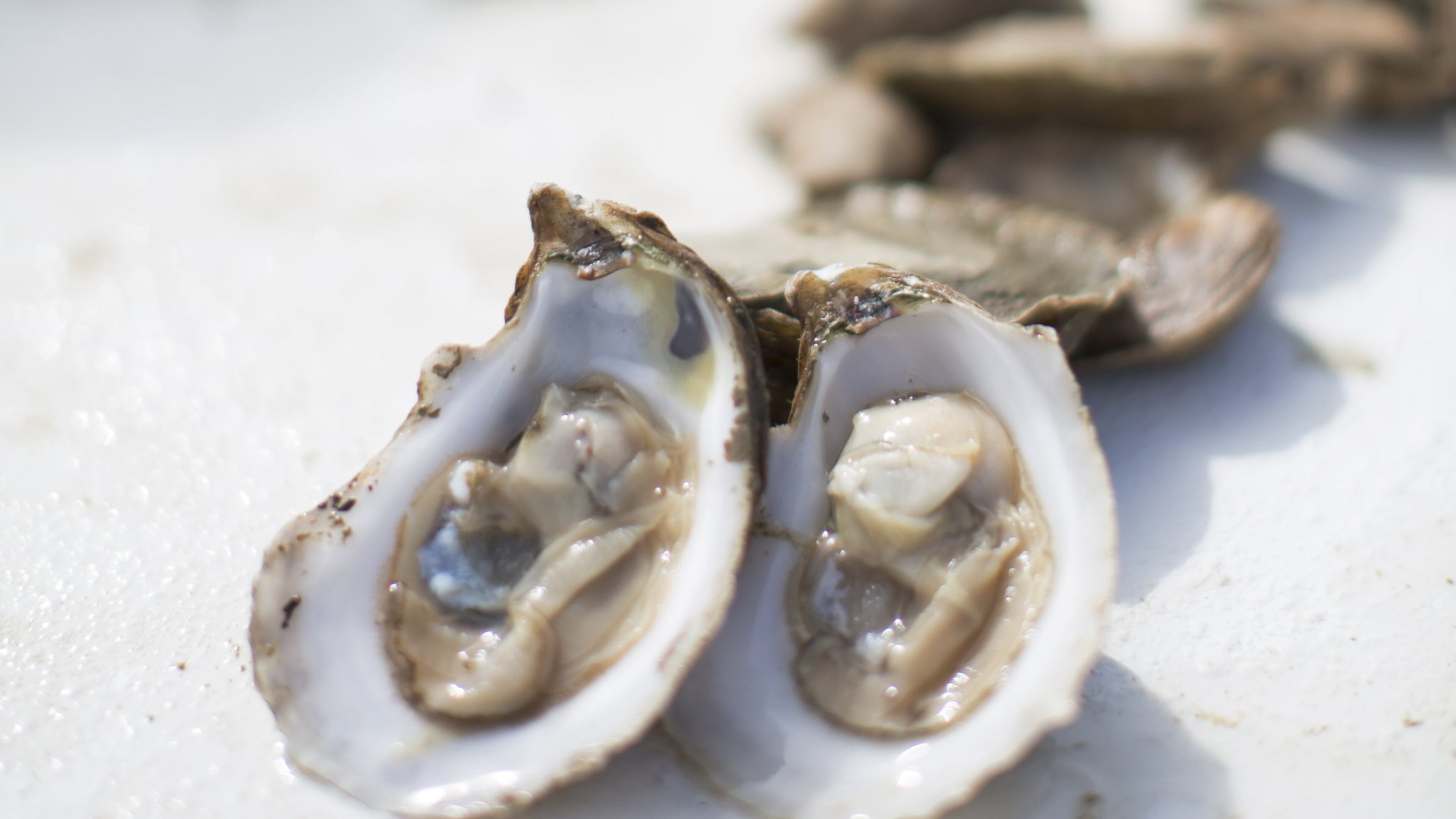‘A High Low Tide’ predicts a happy future for the Georgia oyster

André Joseph Gallant grew up in a family of fishermen in the Canadian province of Prince Edward Island, home of the Malpeque Bay oyster, relished by aficionados for its plump size and brine. But, like the cobbler’s son who had no shoes, Gallant never enjoyed the pleasure of a fresh oyster until he moved away.
“I was 15 years old, and I took my friend who was a Southerner back to Canada with me for a summer vacation,” said Gallant, who lives in Athens. “I didn’t really think about oysters, because we didn’t grow up eating them, but he had, so we went to one of the many seafood cafes all over the island.”
After watching his friend dot the raw oysters with hot sauce and slurp some down with saltine crackers, Gallant tried one.
“It was a revelation to taste something so fresh and raw and immediate. It got me to thinking,” he said. “I started thinking about, one, where I came from, and, two, of my early fascination with fishing communities.”
Gallant's love of oysters and fishing communities is at the heart of his debut book, "A High Low Tide: The Revival of a Southern Oyster," published this month by the University of Georgia Press. The book chronicles one man's efforts to revitalize the state's anemic oyster industry, teaching oystermen how to serve a growing market by farming the bivalves instead of gathering them the traditional way.
<<RELATED: 2018 AJC Decatur Book Festival culinary stage offers tasty lineup

Gallant has made a career of writing compassionately about the people who produce food. His articles have appeared in The Atlanta Journal-Constitution, the Bitter Southerner, the Southern Foodways Alliance and the Oxford American. He's also the founder of Crop Stories, a biannual journal about farm culture in the South. With "A High Low Tide," his goal was to show a side of food production often omitted from articles on the subject: the science that goes into it, and the delicate partnerships that exist between government agencies, universities and laborers.
“In writing about agriculture, I’d seen this over and over again,” he said. “There’d be these unsung extension agents, state employees whose task it was to make science work in the field. And, that’s essentially what the book is about. At the heart of the book, it boils down to one person having an obsession, and what it takes to see that obsession through.”
That person is Justin Manley, assistant hatchery manager for the University of Georgia Marine Extension and Georgia Sea Grant, who has devoted himself to making aquaculture — the practice of cultivating aquatic animals for food — a viable industry in Georgia.
Georgia once had a successful oyster business, but the primary distributor of canned oysters left the industry in 1991, blaming coastal development and the import of foreign oysters for cutting into profits.
Meanwhile, attempts to sell wild Georgia oysters in the shell had been stymied by a little issue of aesthetics. Georgia oysters tend to be thin and grow in clusters that are hard to separate. And, their shallow cups take in a lot of mud, requiring considerable labor to prepare them for market.
But, taste-wise, Gallant said, “Georgia oysters are the most like the classic Malpeque. There’s a high salinity to the Georgia oyster that really matches the classic northern oyster.”

One of the promises of aquaculture is that it can resolve the aesthetic issue. The process involves growing microscopic baby oysters in a hatchery until they’re big enough to set out in the open water in cages, to grow fat. They remain there for about 18 months, during which time the cages have to be shaken occasionally, and washed out to remove barnacles and encourage the shells to develop deeper cups.
So far, only one outfit employs Manley’s aquaculture techniques, the father and son team of Earnest McIntosh Sr. and Earnest McIntosh Jr. of Harris Neck. Their oysters are served at two of the coast’s finest restaurants, Sean Brock’s Husk and The Grey Restaurant in Savannah.
But, Gallant said, the good news is, the industry is “ready to take off. The science is there. The knowledge is there.”
Asked why it’s important to save Georgia’s oyster industry, Gallant responded like a man on a mission.
“It’s part of Georgia’s legacy. Would we let peaches die? It’s a naturally abundant thing; it’s been a part of our life and, in a lot of ways, we forgot about it,” he said. “It used to employ a lot of people, and it has the potential to employ a lot of people again. Rural coastal Georgia does not have a ton of industry. It’s just one option for them to keep local industry on the coast, and also just preserve the culture of the place.
“There’s a type of person who is happiest on the water,” he continued. “Justin is that kind of person. I am, too. There is a type of person best suited to do this work. If we can find a way to keep those folks employed, that’s a good thing. That’s a worthy reason to support the growth of the industry.”
EVENT PREVIEW
AJC Decatur Book Festival. Aug. 31-Sept. 2. Free. Various venues. decaturbookfestival.com.
André Joseph Gallant. 1:45 p.m. Sept. 1 on the Culinary Stage.
RELATED:
Read more stories like this by liking Atlanta Restaurant Scene on Facebook, following @ATLDiningNews on Twitter and @ajcdining on Instagram.


